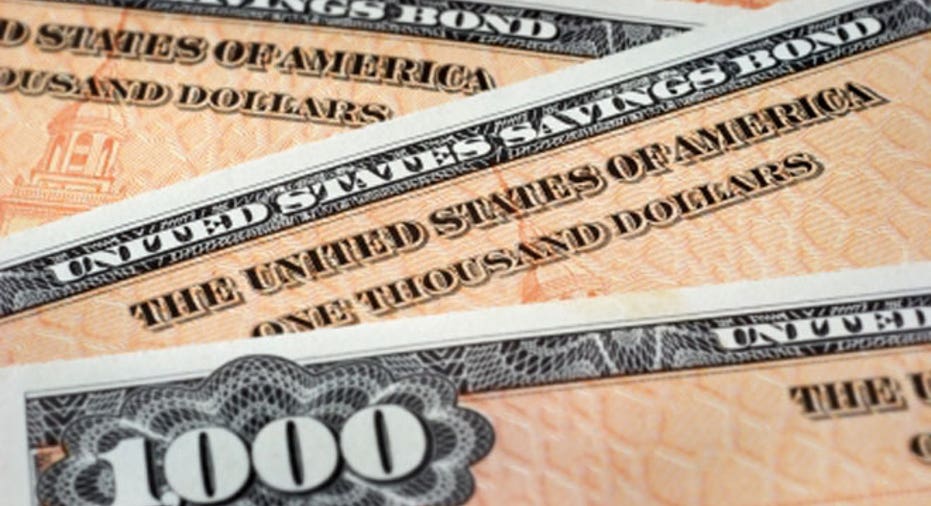Cashing in Savings Bonds After Name Changes

Dear Dr. Don, I am looking for some help with redeeming some savings bonds owned by my father, who is deceased. My father died in 1985. We have savings bonds that have a last name on them that he stopped using years prior to his death. My aunt, who bought the bonds, also has a different last name than what is on the bonds and has no ID or anything with the last name she had when she bought them. These bonds were bought in February of 1980. They were supposed to be a gift to my dad for my benefit. My aunt bought them on my birthday. How can I cash them? Who can help us?
Thank you, -- Jennifer Journey
Dear Jennifer, I asked for and got some help on this one from the Treasury Department.
When the owner of a savings bond dies, the bond becomes the property of the decedent's estate. If the name on the bond and the name on the death certificate are different, a Certificate of Identity form, available on the SavingsBonds.gov website, can be used to show that the documents refer to the same person.
If your aunt was listed as a co-owner on the savings bonds, and not just the purchaser, then she owns the bonds and can use the Certificate of Identity form to prove her ownership and redeem the bonds. I'm assuming this isn't the case, and your father was the sole owner of the savings bonds. Who inherits the bonds depends first on whether your father had a will. If not, then it depends on the applicable state law concerning people who die without a will, called dying "intestate."
If your father's estate was formally administered and subsequently closed, then an Agreement And Request For Disposition Of A Decedent's Treasury Securities needs to be completed. This form also can be downloaded at SavingsBonds.gov.
If his estate was not formally administered through a court, then payment of the bonds should be requested via the form Disposition Of Treasury Securities Belonging To A Decedent's Estate Being Settled Without Administration.
The bonds, the completed forms and proof of death of all the deceased registrants should be sent to the Treasury Retail Securities office at the Federal Reserve Bank of Minneapolis.
It would be a good idea to download the Savings Bond Wizard and input the individual bonds, creating a listing of the portfolio. A $50 face value Series EE savings bond bought in February of 1980 is now worth $165.74, with $140.74 of that being earned interest. That bond matured in February of 2010.
If the income tax due on the annual interest earnings was deferred until maturity, there's going to be a tax impact when the person who inherits the bonds cashes them in. Because it's been less than three years since the bonds matured, it's possible for the bonds' new owner to file an amended tax return for 2010. I suggest that the owner get professional tax advice on this matter.
I've had readers write in to mention that there are times when the process of cashing in savings bonds can be both time-consuming and expensive. You have several hoops to jump through to get to the point where you can redeem your father's savings bonds, and you'll have a tax bill to pay, too.
You didn't volunteer any information about the face amount of the bonds. You'll have to decide if the trouble is worth it if you are indeed the new owner and there are just one or two $50 face-value Series EE bonds.
Get more news, money-saving tips and expert advice by signing up for a free Bankrate newsletter.
Bankrate's content, including the guidance of its advice-and-expert columns and this website, is intended only to assist you with financial decisions. The content is broad in scope and does not consider your personal financial situation. Bankrate recommends that you seek the advice of advisers who are fully aware of your individual circumstances before making any final decisions or implementing any financial strategy. Please remember that your use of this website is governed by Bankrate's Terms of Use.